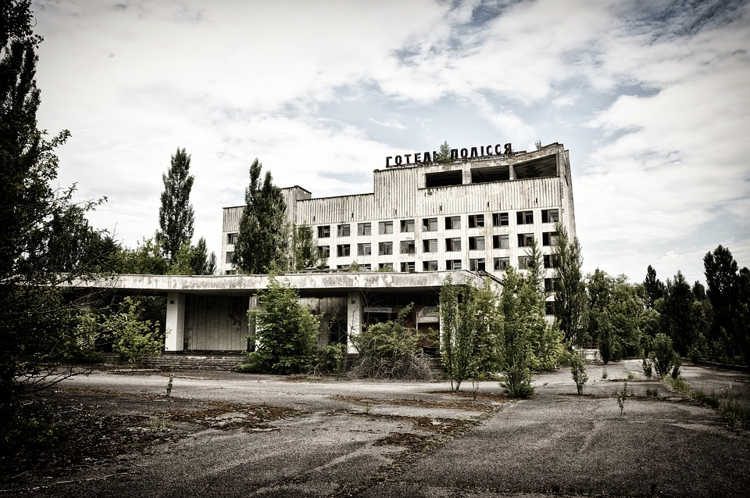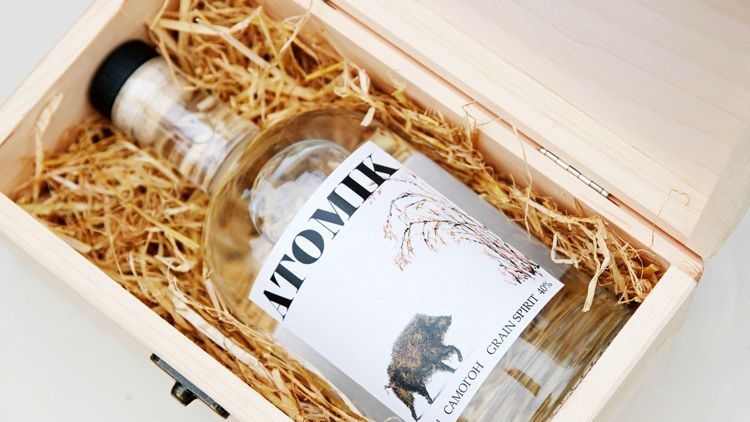Chernobyl’s Green Tree Frogs Are Turning Black to Better Handle Radiation

Researchers have discovered that green tree frogs in the Chernobyl Exclusion Zone have turned dark in order to better mitigate the effects of radiation. In April of 1986, a reactor at the Chernobyl nuclear power plant in Ukraine exploded, releasing approximately 100 times the energy released by the nuclear bombs of Hiroshima and Nagasaki and […]
Ukraine Opens Radioactive Chernobyl Reactor Control Room to Tourists

In an effort to boost tourism to turn the Chernobyl disaster zone into a tourist attraction, the Ukrainian government recently decided to open a highly radioactive reactor control room to tourists. The control room of Chernobyl’s reactor four is where Ukrainian engineers turned off the nuclear reactor’s cooling pumps during a safety test in April […]
Scientist Create “Atomik Vodka” from Grains and Water around Chernobyl

An international team of scientists studying the exclusion zone around Chernobyl recently unveiled a bottle of vodka made with water and cereal grown in the area around the abandoned nuclear power plant. Called ‘Atomik’, this vodka is the first consumer product to have come out of the Chernobyl exclusion zone ever since the nuclear catastrophe […]
Chernobyl Nuclear Plant to Become Official Tourist Attraction

The Ukrainian government has announced the Chernobyl nuclear disaster site will be included in a full scale tourist program. I know it sounds weird, but tourists have been visiting Chernobyl through unofficial tourism programs, for several years. Authorities are just trying to make things official, so they can actually cash out on the interest people […]
